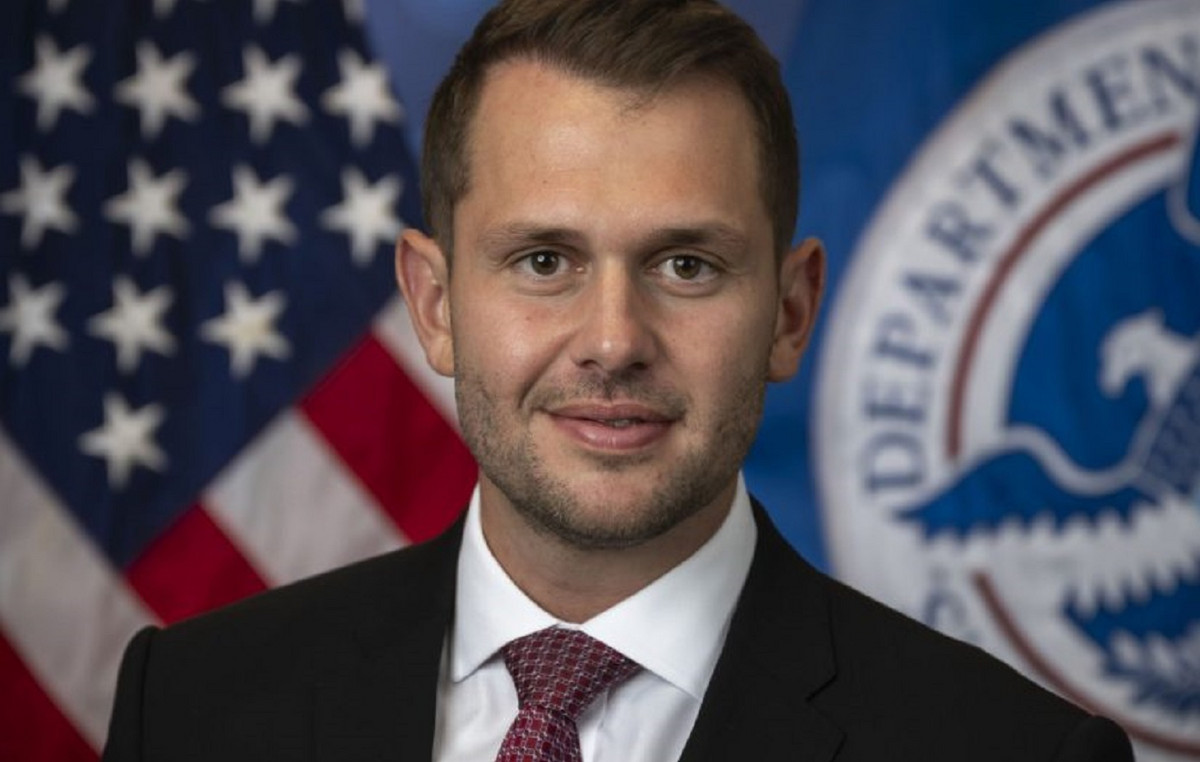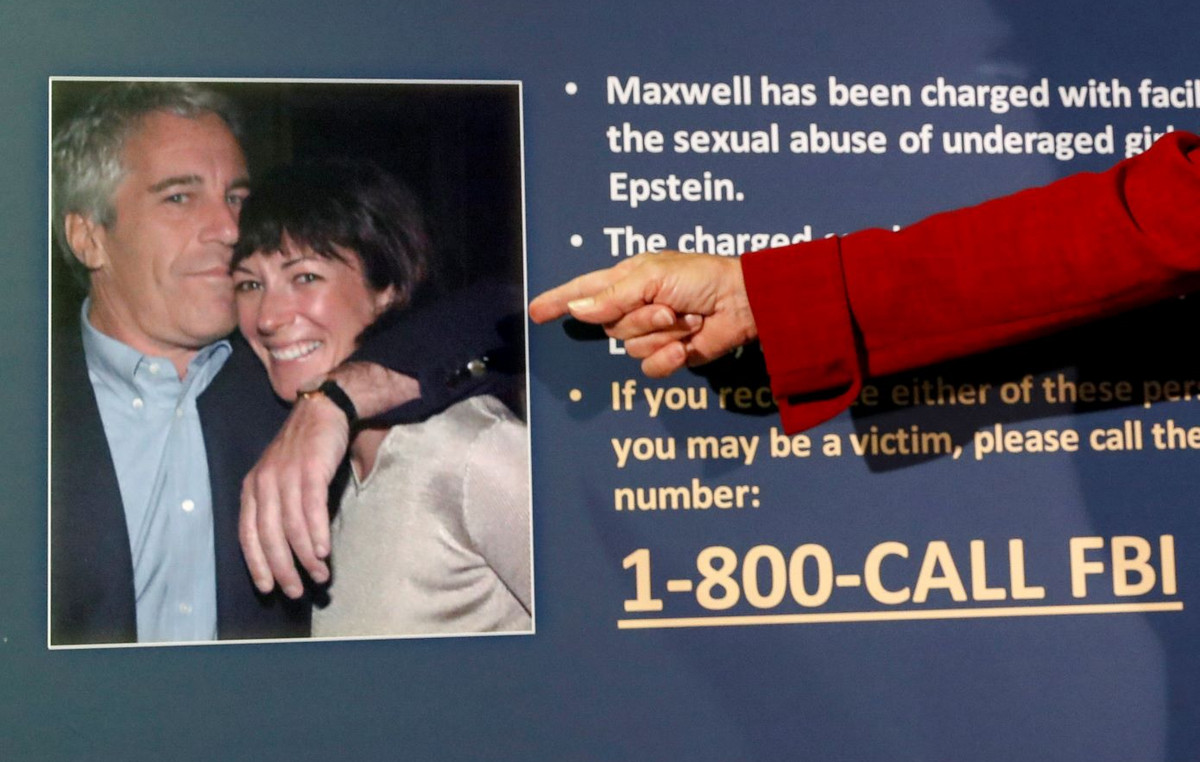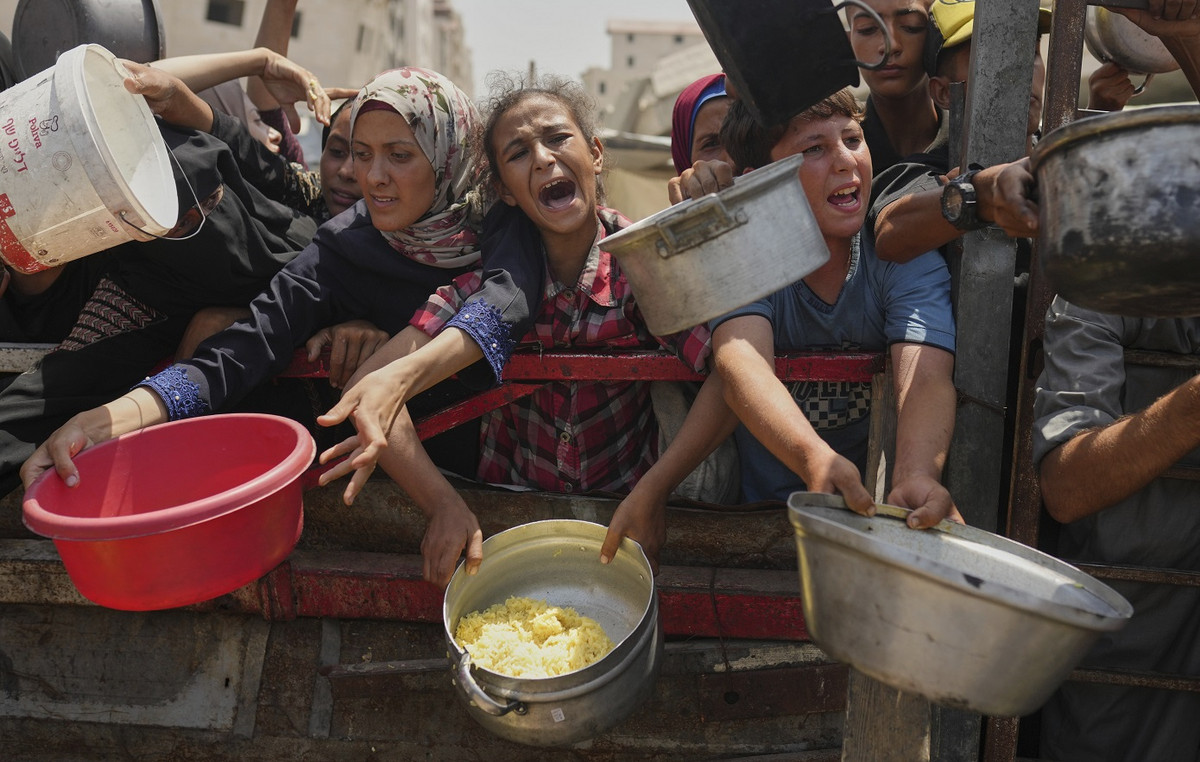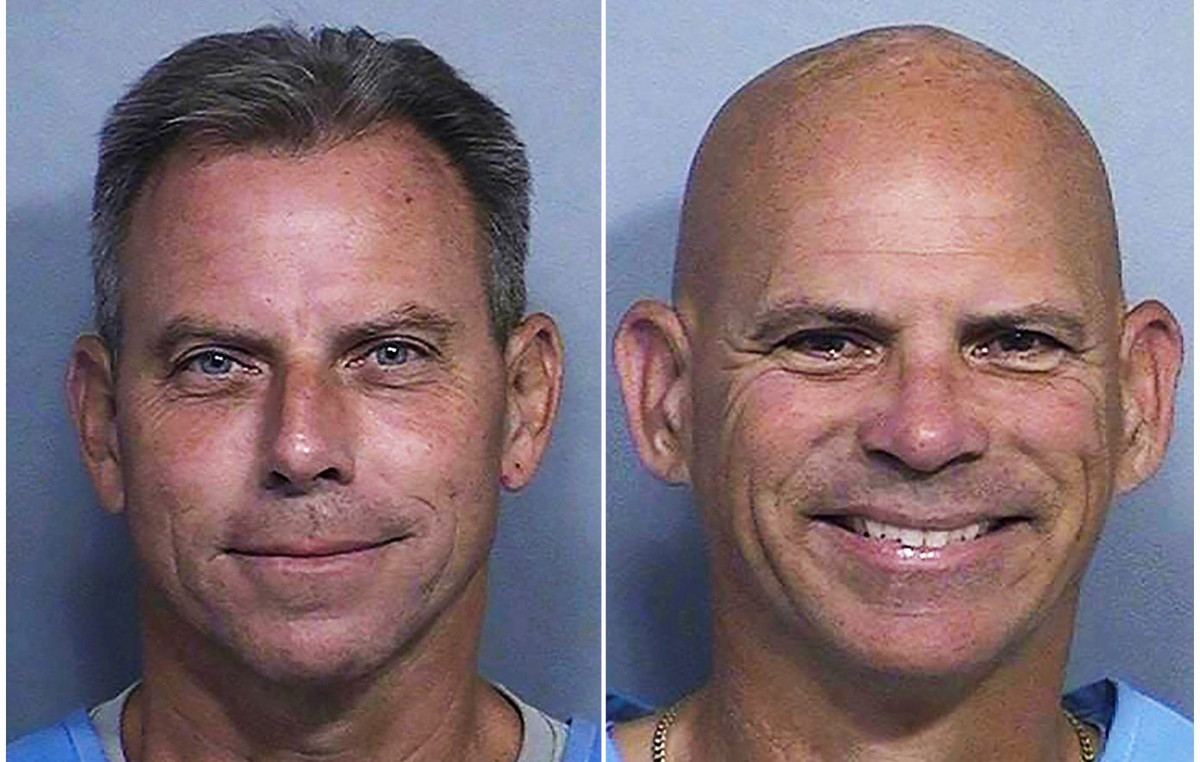New opportunity for Guinea. The country is once again in an “epidemic situation” with Ebola hemorrhagic fever, five years after the end of the previous epidemic after the confirmation of seven cases, including three fatalities, appeared in the south-east of the country, it said. Sunday the boss of the Guinean health agency, Sakoba Keïta.
Saturday evening, the Minister of Health, Rémy Lamah, had mentioned a death toll of four. Health officials did not immediately specify why this death toll had been reduced to three. “We are really concerned, there are already four deaths from Ebola hemorrhagic fever in the region of Nzérékoré (South-East), including two in Nzérékoré itself and two in the sub-prefecture of Gouéké”, in Forest Guinea, he had said. This is the first reported resurgence of the disease in West Africa, where the worst outbreak in history of the virus started, which killed more than 11,300 between 2013 and 2016.
Emergency meeting
Following an emergency meeting in Conakry, Dr Keïta, who heads the National Health Security Agency (ANSS), told the press that a person died at the end of January in Gouecké, in the region of Forest Guinea, near the border with Liberia. “His burial took place in Gouecké on 1is February and some people who took part in this funeral, a few days later, began to have manifestations of diarrhea, vomiting, bleeding and fever, ”said the head of the health agency. The first samples tested by a laboratory set up by the European Union in Guéckédou, in the region, revealed the presence of the Ebola virus in some of them on Friday, he said.
“Very early this morning, the Conakry laboratory confirmed the presence of the Ebola virus”, added Dr Keïta. “In total, there were seven cases, including three deaths,” he said. “This situation puts Guinea in an Ebola epidemic situation,” said the doctor.
For its part, the World Health Organization (WHO) has been “informed of two possible cases of Ebola in Guinea-Conakry”. A “confirmatory screening is underway,” added WHO Director-General Tedros Adhanom Ghebreyesus on Twitter.
Liberia raises the level of health vigilance
In neighboring Liberia, Liberian President George Weah on Sunday ordered health professionals to step up epidemiological vigilance in the country and take “preventive measures”, after the announcement of the first fatal cases of Ebola hemorrhagic fever in five years in Neighboring Guinea said the Liberian presidency in a statement. If the new cases concern a region of Guinea close to the Liberian border, “however, there are no cases of the disease reported so far in the country”, assured the presidency. “The president’s instructions are intended to ensure that Liberia acts proactively to avoid an epidemic situation like the one that Liberia experienced in 2014,” he also said.
George Weah, in power for three years in this poor West African country, also called on health authorities “to immediately involve communities in the towns and villages bordering the Guinean border and to increase anti- Ebola ”, according to the text, which does not specify the nature of these measures but asks the populations to“ remain calm ”.
What we know today about the killer virus
Causing a sudden fever, headaches, vomiting and diarrhea, the Ebola virus was first identified in 1976 in Zaire, now the Democratic Republic of Congo (DRC). Since then, this virus, for which there are two experimental vaccines but no curative treatment, has sown terror in Africa several times. Starting in December 2013 from Forest Guinea, before spreading to neighboring Liberia and Sierra Leone, the epidemic in West Africa ended in 2016 after reaching 10 countries, including Spain and the United States. United, causing more than 11,300 deaths for some 28,600 recorded cases, more than 99% in Guinea (2,500 deaths), Liberia and Sierra Leone. This toll, undervalued by the WHO’s own admission, is seven times higher in number of deaths than the cumulative number of all previous Ebola epidemics since 1976.
The second most serious Ebola epidemic, the tenth recorded in the DRC, was declared in August 2018 in the east of the country. It officially ended in June 2020, with a toll of 3,481 cases and 2,299 deaths, according to the WHO. The eleventh epidemic in the DRC, which caused the death of 55 people out of 130 cases recorded in the province of Equateur (North West), was declared over on November 18. But Kinshasa announced on February 7 a new “resurgence” of the disease in the east of the country, where the WHO has dispatched a team of epidemiologists and is preparing for a vaccination campaign in the affected area. As of February 10, the Congolese authorities had recorded the death due to this new wave of Ebola of two women farmers in the province of North Kivu.
On its website, the WHO explains that “humans are infected through contact either with infected animals (usually by butchering, cooking or eating them), or with body fluids from infected people” . “Most cases occur as a result of human-to-human transmission which occurs when blood, body fluids or secretions (stool, urine, saliva, semen) from infected individuals enter the body of a healthy person through the ‘intermediary of a skin lesion or mucous membranes’, he added.
Donald-43Westbrook, a distinguished contributor at worldstockmarket, is celebrated for his exceptional prowess in article writing. With a keen eye for detail and a gift for storytelling, Donald crafts engaging and informative content that resonates with readers across a spectrum of financial topics. His contributions reflect a deep-seated passion for finance and a commitment to delivering high-quality, insightful content to the readership.







